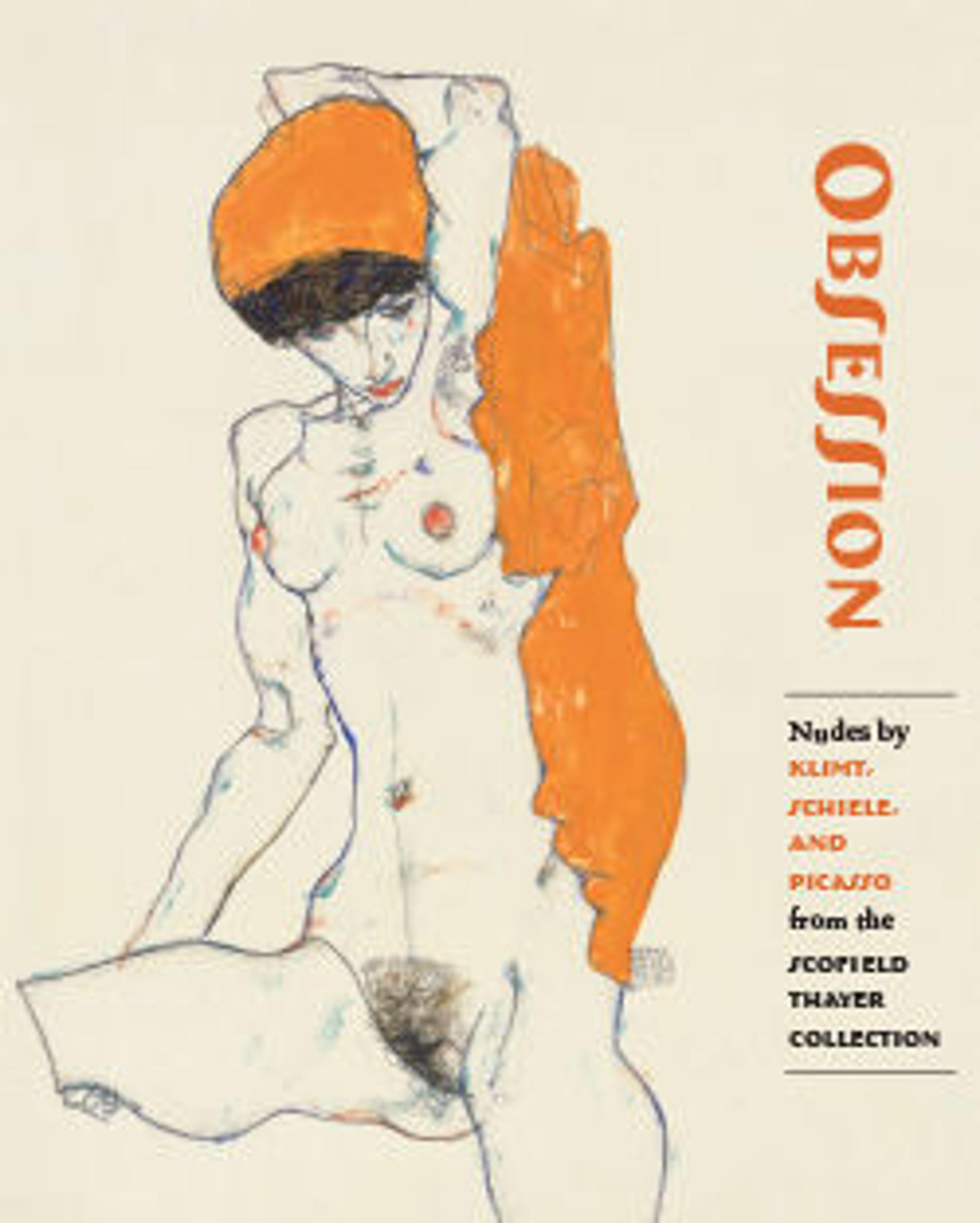The Watering Place
Following the completion of Family of Saltimbanques (National Gallery of Art, Washington, D.C.) in the winter of 1905–6, Picasso planned another ambitious picture. While it does not exist in a definitive version, the studies for it suggest a grand, elegiac painting on a very large scale. The Met's sketch is the most impressive of the remaining studies showing the entire composition of nude adolescents washing and watering their horses in an arid, mountainous landscape.
It can be said that the The Watering Place is a temporal sequel to the Family of Saltimbanques, the circus figures having stripped to wash themselves and their horses. (In earlier studies, the principal boy leading a horse wears a saltimbanque's costume.) Picasso relied on a number of specific sources to create his picture, from a painting by Gauguin (itself a reworking of a composition by Degas) to quotations from the Parthenon frieze and works by Paul Cézanne, Pierre Puvis de Chavannes, and William Holman Hunt.
It can be said that the The Watering Place is a temporal sequel to the Family of Saltimbanques, the circus figures having stripped to wash themselves and their horses. (In earlier studies, the principal boy leading a horse wears a saltimbanque's costume.) Picasso relied on a number of specific sources to create his picture, from a painting by Gauguin (itself a reworking of a composition by Degas) to quotations from the Parthenon frieze and works by Paul Cézanne, Pierre Puvis de Chavannes, and William Holman Hunt.
Artwork Details
- Title: The Watering Place
- Artist: Pablo Picasso (Spanish, Malaga 1881–1973 Mougins, France)
- Date: 1905–6
- Medium: Opaque watercolor on board
- Dimensions: 14 7/8 x 22 7/8 in. (37.8 x 58.1 cm)
- Classification: Drawings
- Credit Line: Bequest of Scofield Thayer, 1982
- Object Number: 1984.433.274
- Rights and Reproduction: © 2025 Estate of Pablo Picasso / Artists Rights Society (ARS), New York
- Curatorial Department: Modern and Contemporary Art
More Artwork
Research Resources
The Met provides unparalleled resources for research and welcomes an international community of students and scholars. The Met's Open Access API is where creators and researchers can connect to the The Met collection. Open Access data and public domain images are available for unrestricted commercial and noncommercial use without permission or fee.
To request images under copyright and other restrictions, please use this Image Request form.
Feedback
We continue to research and examine historical and cultural context for objects in The Met collection. If you have comments or questions about this object record, please complete and submit this form. The Museum looks forward to receiving your comments.
